Posts Tagged: Texas A
UC Davis Biodiversity Museum Day Includes Arboretum Tour of Texas Tree Trials
Entomologists, horticulturists, botanists, anthropologists, paleontologists, nematologists, biologists, ornithologists and other scientists are...
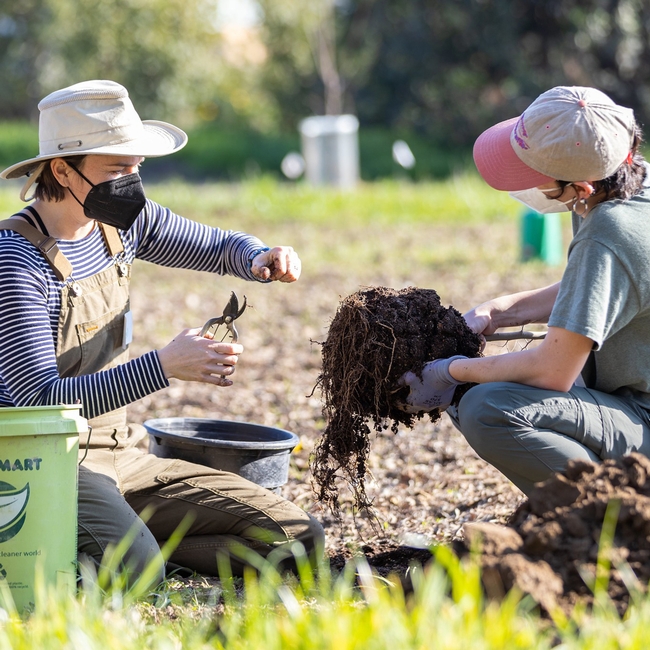
Urban Tree Stewardship (UTS) Learning by Leading™ Staff Mentor Abbey Hart (left) with UTS student team member Laia Menendez Diaz (right). (Photo courtesy of the UC Davis Arboretum and Public Garden)
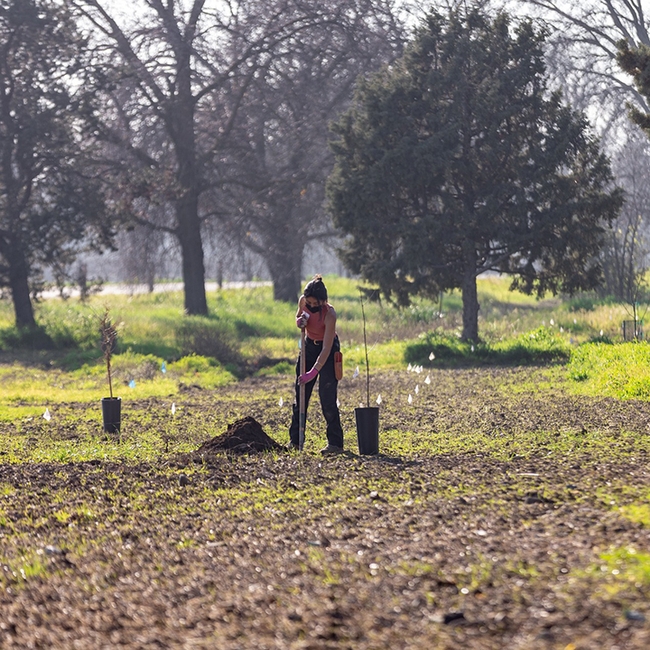
Urban Tree Stewardship (UTS) co-coordinator Alicia Aroche working in the Texas Tree Trials project in the Arboretum and Public Garden. (Photo courtesy of the UC Davis Arboretum and Public Garden)
Congrats to UC Davis Professor Jason Bond: Co-Editor-In-Chief of an ESA Journal
The Department of Entomology and Nematology at the University of California, Davis, is in the news today, and what wonderful, exciting...
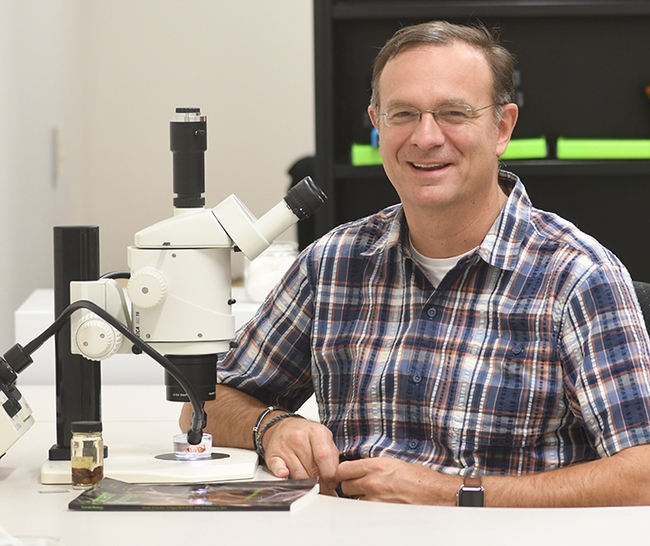
Jason Bond,professor of entomology and the Evert and Marion Schlinger endowed chair in insect systematics, UC Davis Department of Entomology and Nematology, is a newly selected co-editor-in-chief of the journal Insect Systematics and Diversity (ISD), published by the Entomological Society of America (ESA). (Photo by Kathy Keatley Garvey)
Conservation Biologist Shalene Jha and Her Passion
"About 90 percent of all bees are actually solitary. So despite kind of the public impression that all bees are like honey bees and bumble...
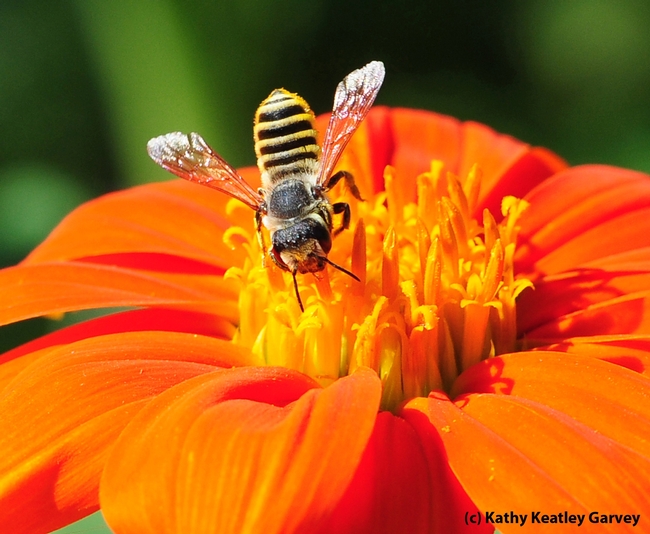
A native bee, Megachile fidelis, foraging on a Mexican sunflower (Tithonia) in the Häagen-Dazs Honey Bee Haven, UC Davis. (Photo by Kathy Keatley Garvey)
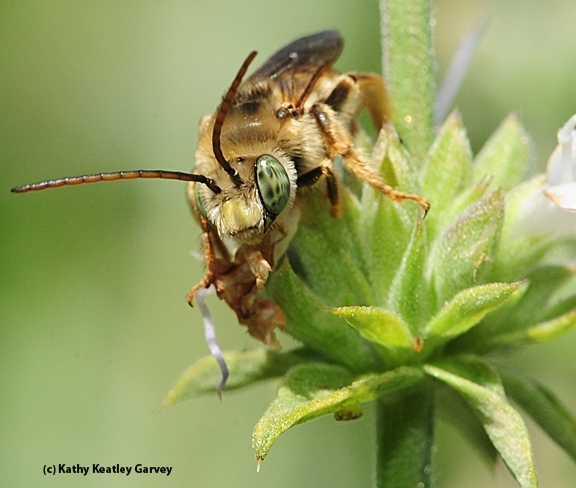
A male longhorned bee, Melissodes communis, in Davis. (Photo by Kathy Keatley Garvey)
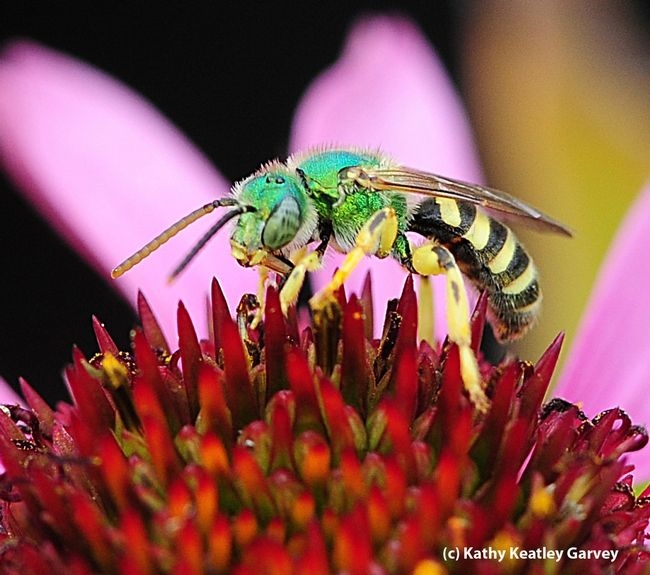
A male metallic green sweat bee, Agapostemon texanus, foraging on a purple coneflower at the former Mostly Natives Nursery in Tomales, Marin County. (Photo by Kathy Keatley Garvey)
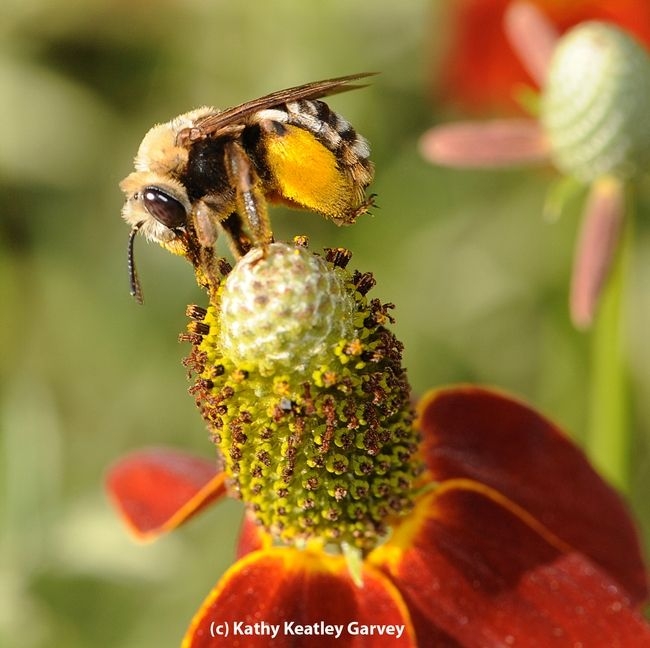
A female sweat bee, Svastra obliqua expurgate, foraging on a purple coneflower in Davis. (Photo by Kathy Keatley Garvey)
Chemical Ecologist to Speak at UC Davis on 'The Smells of Dinner, Death, and Danger'
The title is intriguing: "The Smells of Dinner, Death, and Danger: How Organisms Navigate Multitrophic Interactions in a Chemical...
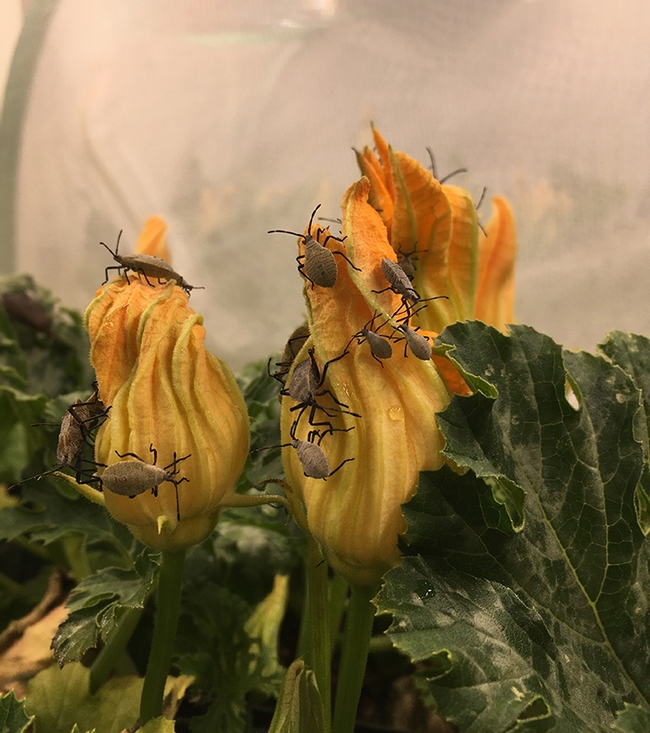
Nymphs of the squash bug, Anasa tristis, an insect that chemical ecologist Anjel Helms studies. (Photo courtesy of Anjel Helms)
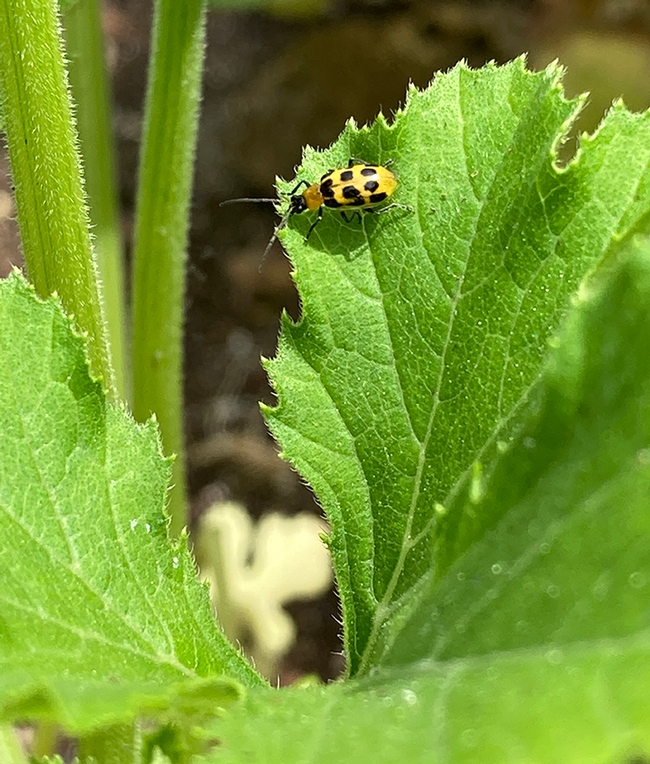
A spotted cucumber beetle, Acalymma vittatum, an insect that chemical ecologist Anjel Helms studies. (Photo courtesy of Anjel Helms)
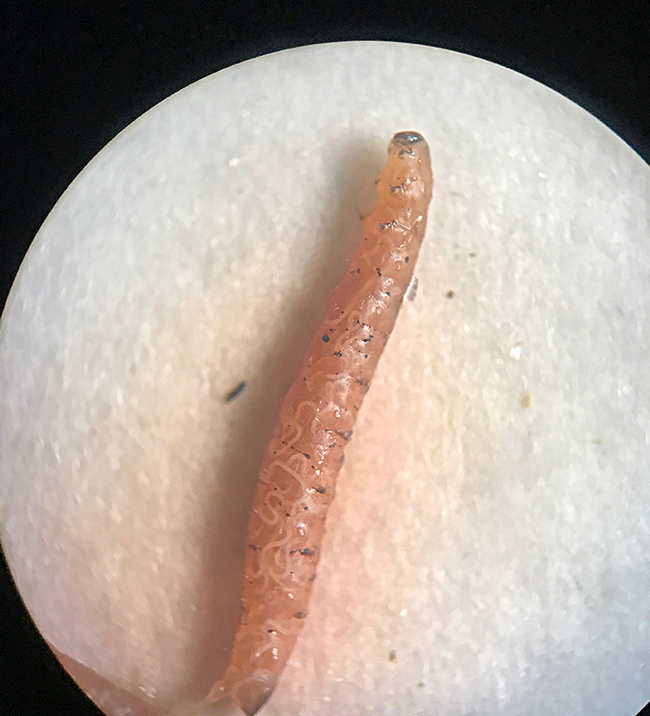
webstripedcucumberlarva
UC Davis Researcher Targeting Zebra Chip: It's Not a Chip You Want
When you're munching on French fries or potato chips, you're probably not thinking about the potato psyllid. But you should be. You should...
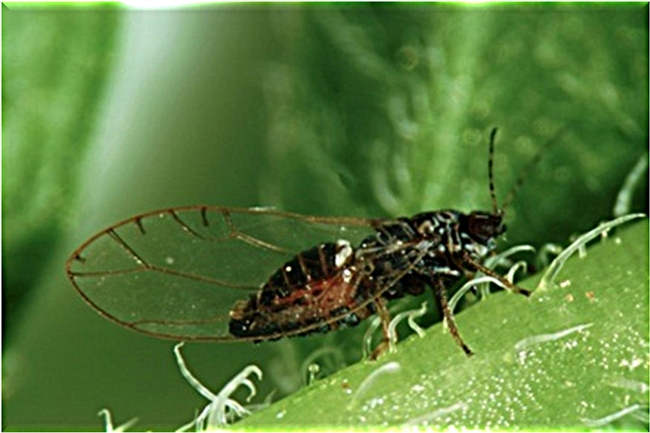
The potato psyllid, a pest of potatoes, transmits a bacteria that causes zebra chip disease. (Photo by Don Henne)

